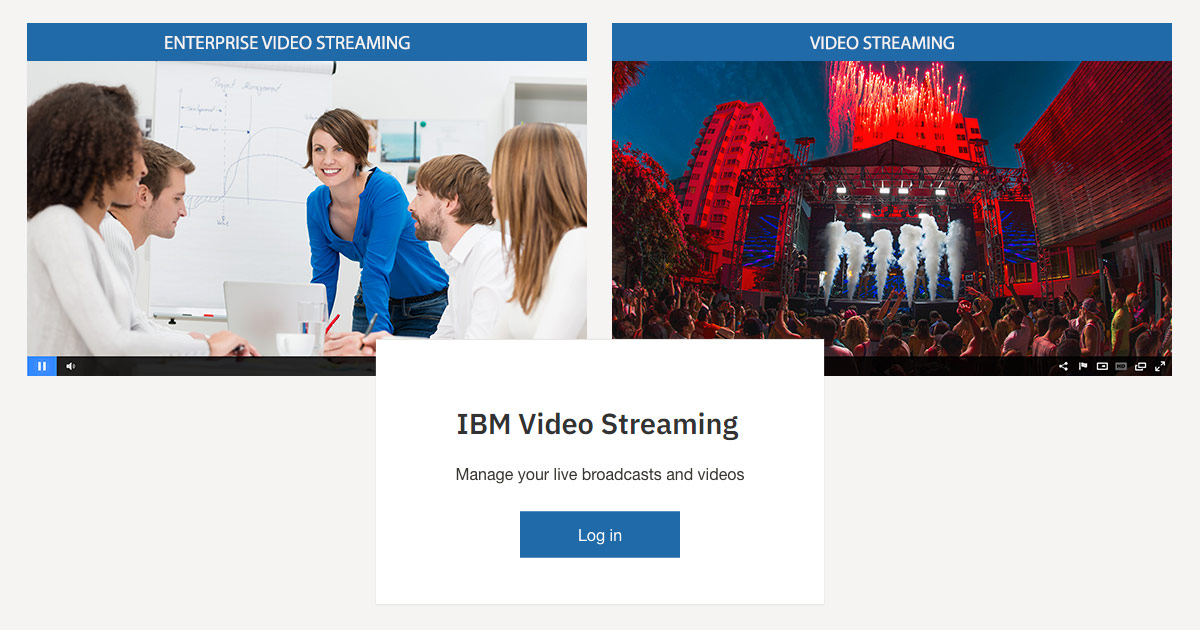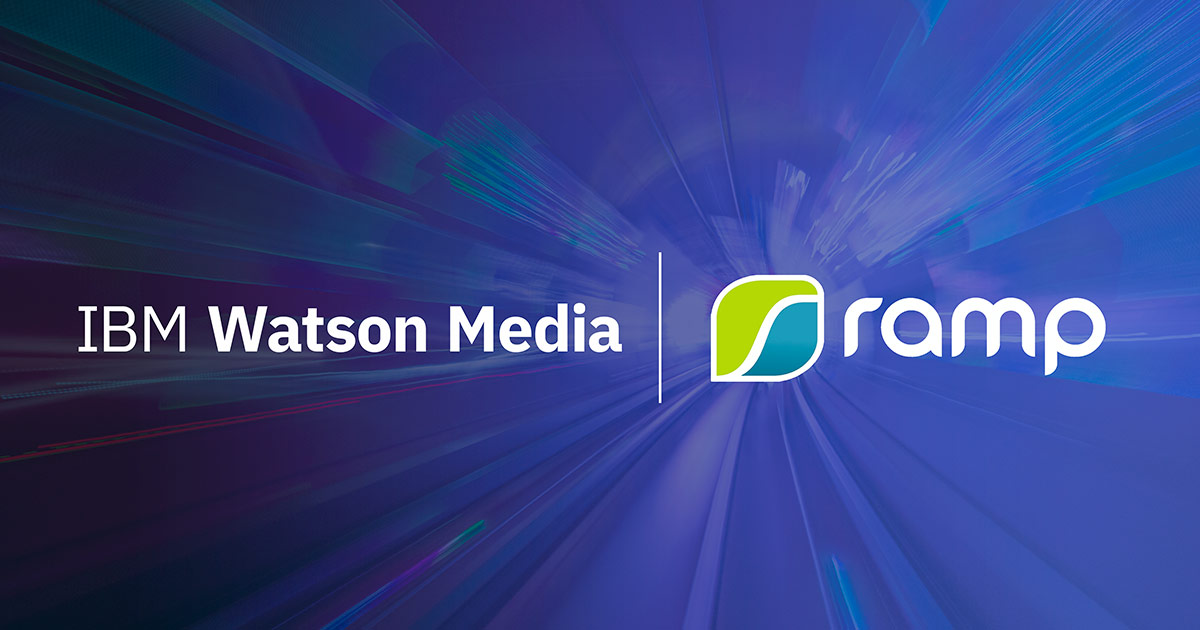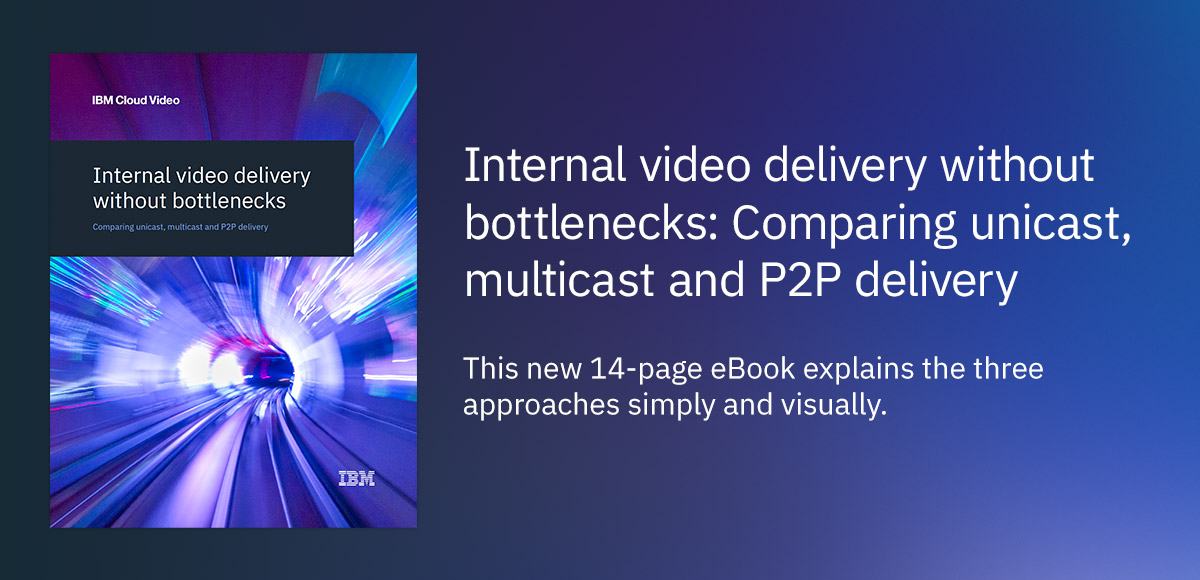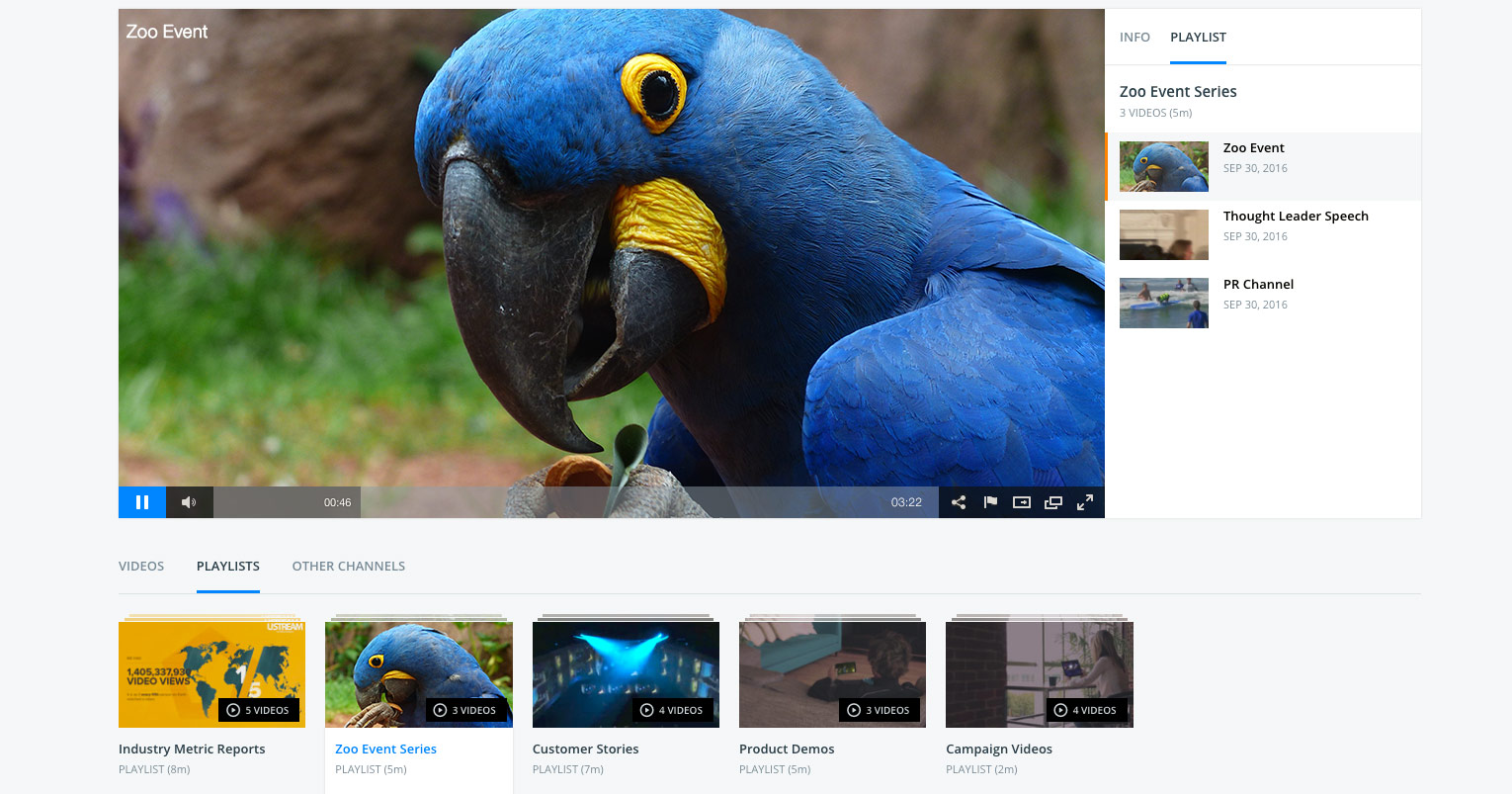
Interested in delivering internal video to large, potentially massive audiences? Are you running into delivery issues not at the service level, but due to congestion caused at the ISP level?
IBM’s ECDN was created to address this need. However, large network setups have still seen congestion issues from their video applications due to multiple video distribution servers pulling videos into the enterprise network through a central ISP connection. To address the challenge resulted from hub-and-spoke network architectures IBM Watson Media has introduced a multi-tiered distribution approach for ECDN. This creates a distribution hierarchy to further resolve congestion issues for some setups. In situations like a hub-and-spoke network, where there are central hubs that are gone through for Internet access, users might go through a regional server instead to remove strain that might originally have been placed on the hub.
Read on to learn more about this approach and the hub-and-spoke network setups that will benefit from it.








